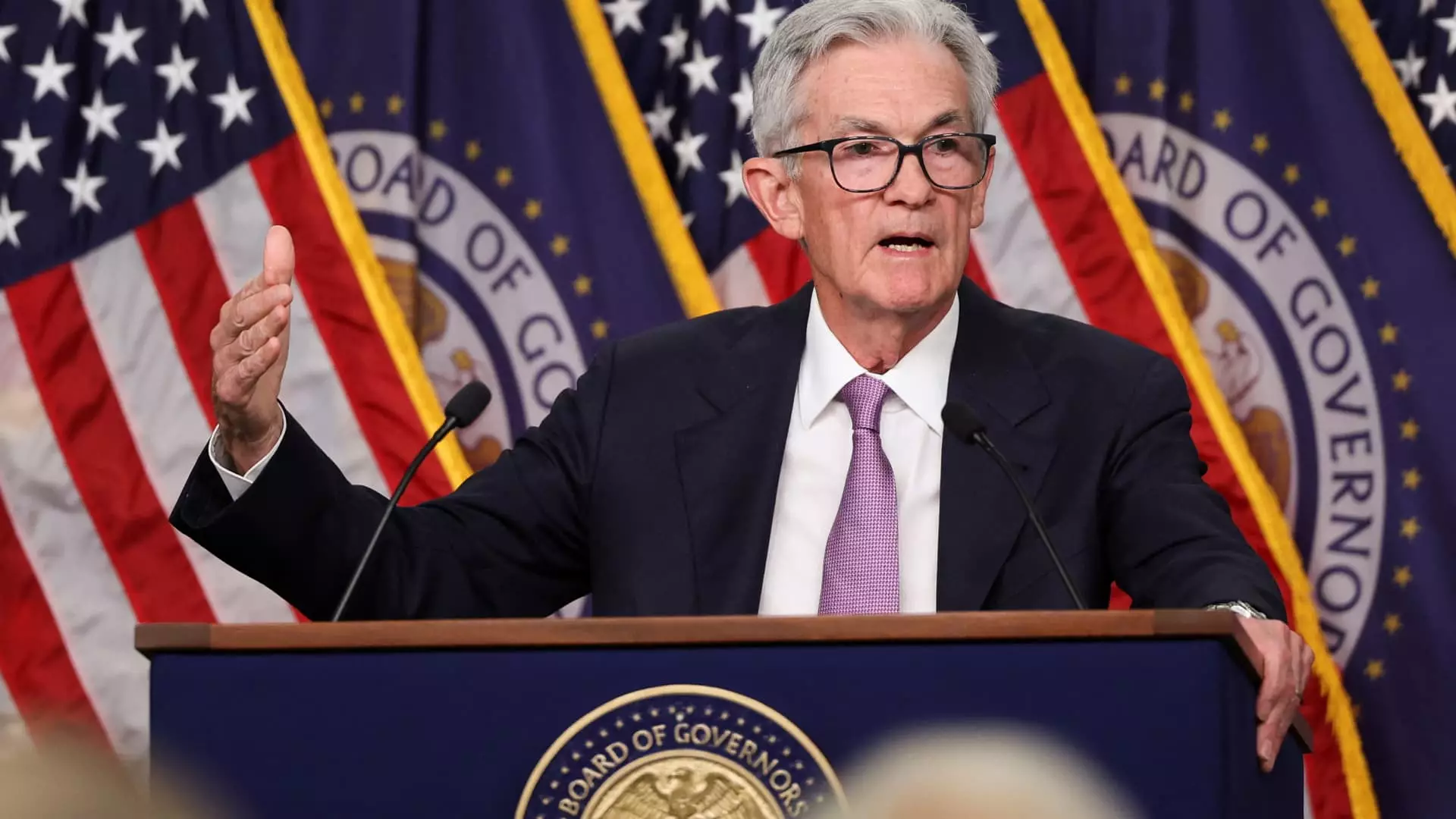The Federal Reserve’s recent decision to cut interest rates for the second consecutive month has sent ripples through the financial sector and broader economy. On Thursday, the Federal Open Market Committee (FOMC) reduced its benchmark overnight borrowing rate by a quarter percentage point to a target range of 4.50% to 4.75%. This decision, though less aggressive than the previous half-percentage-point cut made in September, reflects an ongoing effort to recalibrate monetary policy amidst mixed economic indicators. This article delves into the implications of these rate cuts, their context in the current political landscape, and what future adjustments might look like.
The Context Behind the Rate Cuts
The FOMC’s recent monetary policy adjustments can be seen as a strategic response to evolving economic conditions. The unanimous vote on the latest cut, including notable support from previously dissenting Governor Michelle Bowman, indicates a reconsolidation of the committee’s unified stance on monetary policy. While risks to employment and inflation appear ‘roughly in balance’ today, a subtle downgrade in assessments regarding the labor market suggests that a cautious approach is necessary as conditions evolve.
The Fed’s decision to prioritize employment reflects a significant shift in how it perceives its dual mandate of fostering stable prices and maximizing employment. As inflation begins to show signs of moderation towards the central bank’s 2% target, the labor market is encountering signs of easing. Such complexities pose the challenge of ensuring that the monetary policy remains conducive to growth while preventing economic overheating.
Even in light of the Federal Reserve’s adjustments, a close inspection of economic indicators is warranted. The United States experienced a 2.8% growth pace in the third quarter, albeit below expert expectations and slightly less vigorous than the preceding quarter. Current forecasts for the fourth quarter project a modest 2.4% growth, indicating that while the economy is expanding, it is still subject to fluctuations arising from external factors, including weather-related disruptions and labor unrest.
Additionally, reflecting the Fed’s cautious approach is the vulnerability in the job market. Nonfarm payrolls showed an increase of only 12,000 in October—a stark contrast to previous robust job gains. While aspects of this decline can be attributed to external disruptions, it reinforces the notion of softer labor market conditions, warranting systemic adjustments to monetary policy.
The broader political landscape cannot be overlooked when estimating the trajectory of monetary policy. Following Donald Trump’s election victory, economists speculate about the potential inflationary challenges his administration’s policies might ignite, particularly those relating to tariffs and immigration. Trump’s past criticism of Fed Chair Jerome Powell could complicate the central bank’s operations as it navigates through potentially tumultuous economic policy changes.
During a recent press conference, Powell assured that immediate political developments would not interfere with the Fed’s policy decisions, emphasizing the bank’s commitment to maintaining stability. Nevertheless, the uncertainties surrounding Trump’s economic agenda underline the need for heightened vigilance as the Fed aims for a ‘soft landing’ for the economy.
Market anticipation suggests that additional quarter-point cuts might be on the horizon, with traders projecting a potential measure in December. This sentiment presents an interesting contradiction: Despite aggressive rate cuts, markets, particularly the Treasury yields, have responded differently than expected, with notable increases in yields since September. For instance, the 30-year mortgage rate has surged to approximately 6.8%, highlighting potential disconnects between Fed policy and market responses.
The intricate dance of monetary policy continues to navigate economic growth, inflation control, and external pressures, complicating the Fed’s ability to assert effective influence. As the Fed balances its dual mandate, signaling a path forward necessitates careful consideration of shorter-term impacts versus long-term economic stability. The future remains uncertain, yet critical discussions at upcoming FOMC meetings will likely guide informed decision-making as policymakers strive to maintain momentum in a fluctuating economic environment.
Recent Federal Reserve actions represent an ongoing, adaptive response to a complex economic reality shaped by changing conditions and political dynamics. The challenge lies in fostering economic growth while mitigating inflationary risks—a delicate balance that will require astute monitoring in the months to come.

